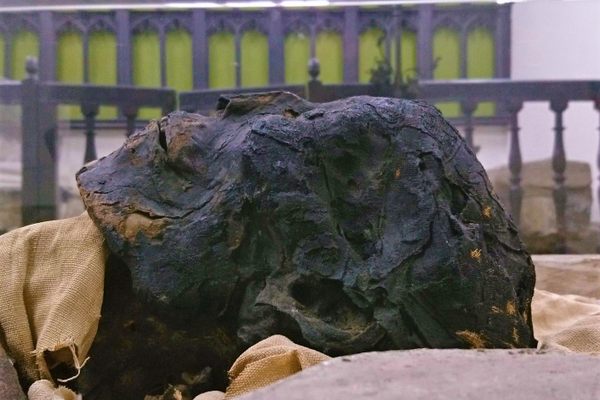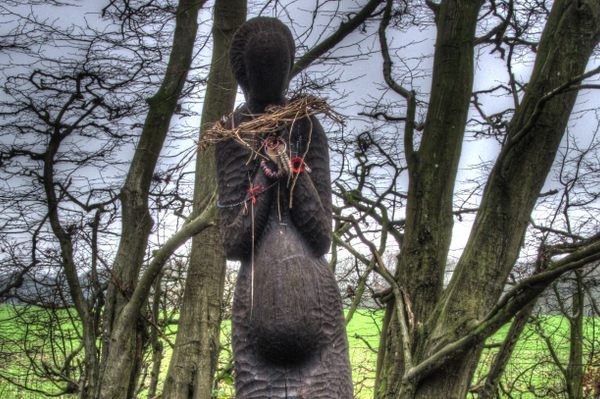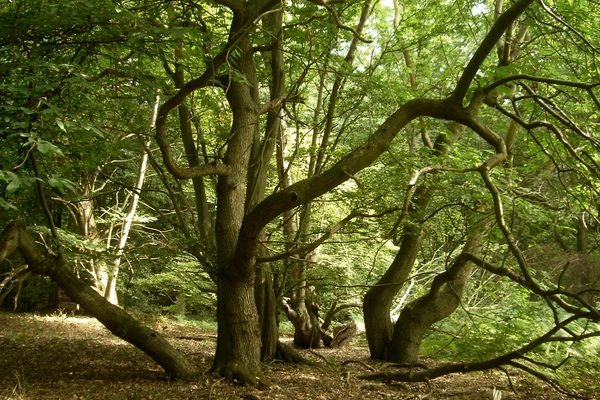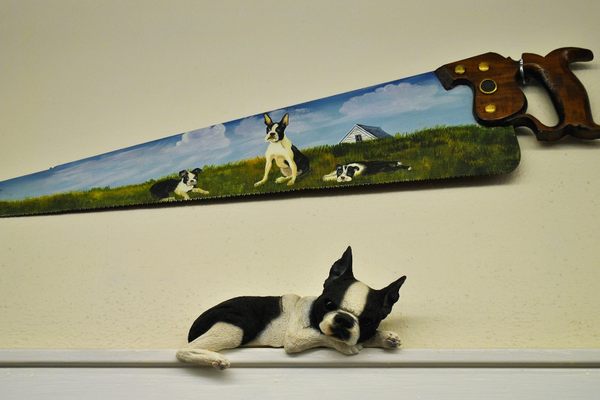Dog Collar Museum
A showcase of canine neckwear spanning five centuries of doggie fashion and function.
Serving many purposes, from identification to functioning as a leash anchor to showcasing the latest in canine decor, dog collars are the small to large neck bands that distinguish man’s best friend from wild dogs.
These days, unless the owner is wealthy and frivolous, or it serves a special purpose, dog collars are usually simple bands of sturdy, flexible nylon in assorted colors and designs. However, at the Leeds Castle Dog Collar Museum, you are treated to some of the fanciest and most decadent canine neckwear in history.
This unique collection consists of nearly 100 collars that were collected by Irish medieval scholar John Hunt and his wife, Gertrude. Extended by the Leeds Castle Foundation, the collection has pieces that span history from medieval to Victorian times.
In the 15th, 16th, and 17th centuries, the forests of Europe were full of predators that were happy to rip out the throats of the hunting dogs that entered their territory. To protect their faithful companions, hunters would fit the dogs with thick iron collars covered in impressive spikes.
Another intriguing period for the currently mundane pet staple was the 18th century, when they became more decorative and less functional – baroque leather embellished with metalwork and velvet, sometimes bearing the arms of royal owners. While tags are now commonly marked with simple identification and medical information, many of these bear inscriptions and quotes that had significance to the dog’s master.
Spanning five centuries of canine chic, this unusual collection is visited by more than 500,000 dog lovers a year, both local and from overseas.
Know Before You Go
The castle is four miles east of Maidstone off Junction 8 of the M20 motorway, midway between London and the Channel ports. It is clearly signposted and easily accessible from all areas of the south-east.


























Follow us on Twitter to get the latest on the world's hidden wonders.
Like us on Facebook to get the latest on the world's hidden wonders.
Follow us on Twitter Like us on Facebook